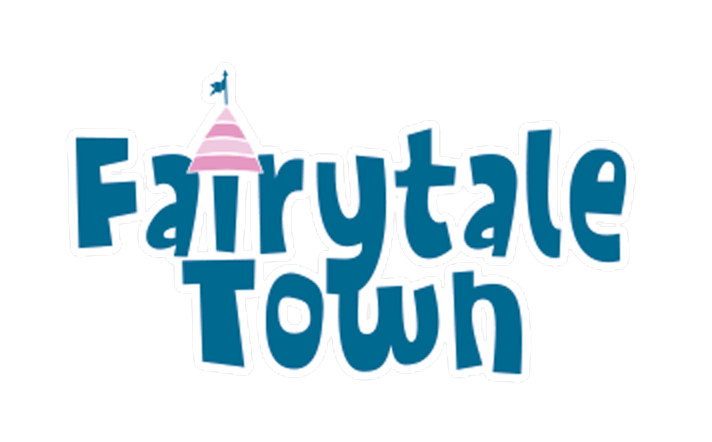Why Play? Playing IS Learning!
Over the past few decades, researchers in the fields of education, brain science and psychology have amassed concrete evidence that play is a vital activity of childhood development and builds the foundation for a lifetime of learning.
Play helps develop cognitive, emotional, social, and physical skills. Furthermore, play contributes to proper brain development and is also linked to developing key skills that serve as a foundation for critical thinking, communication, problem solving, and collaboration. Often referred to as 21st century skills, these competencies compliment core subject matter knowledge and are highly valued in an increasingly complex, competitive and interactive world.
Dramatic play contributes to children’s developing narrative abilities, in other words, their ability to think in stories. Exploring imagination and pretending is related to literacy outcomes. For example, experimental research has repeatedly shown that when children listen to and reenact a story, they comprehend and remember more about the story than children who did not play out the scenes. Pretending to be a character and imagining what she or he would say, do or feel contributes to children’s understanding of others. Within the realm of pretend play, role-play is thought to help children appreciate mental states and help children understand how others think and feel.
Play is such an instrumental component to healthy child development that the American Academy of Pediatrics issued a white paper on the topic and the National Association for the Education of Young Children (2009) named play as a central component in developmentally appropriate educational practices. Furthermore, the United Nations High Commission on Human Rights (1989) recognized play as a fundamental right of every child.
Changing academic competition, structured children’s activities, goal-driven and scholastically focused ‘toys’ and parental concerns about children’s safety have essentially relegated free and imaginative play to a societal pastime. In fact, active play among children has plummeted by 50% over the last 40 years.
In spite of the abundant evidence regarding the important role of play and creativity in the development of children’s cognitive, emotional, social, and physical skills, the Alliance for Childhood and other researchers indicate that the space, time and resources for children’s play have diminished. Remarkably,
- In just one generation, a child’s physical world of play has decreased from a one or two-mile radius from home to a 70-foot radius from home. Compounding this issue, many parks and community centers have decreased hours of operation or have been shuttered due to budget cuts and the recession.
- Today children spend 50 percent less time at play now than they did in the 1970s – and an average of 4.5 hours a day is spent in front of a screen.
- Free time for children to play has been reduced significantly over the years due to a variety of factors including family dynamics, television, computers, video games and over-scheduling of extracurricular activities.
- Education policies decrease time allotted for recess and physical education as well as arts education – all important access points for play.
- In many communities, children don’t have access to safe places to play outside the home. Even in “safe” communities, children often aren’t allowed to play outside due to perceptions of increased risk.









